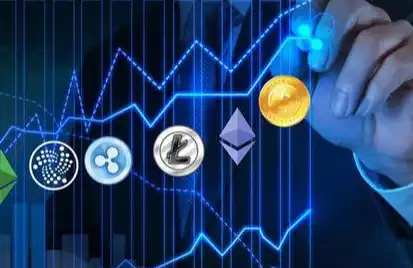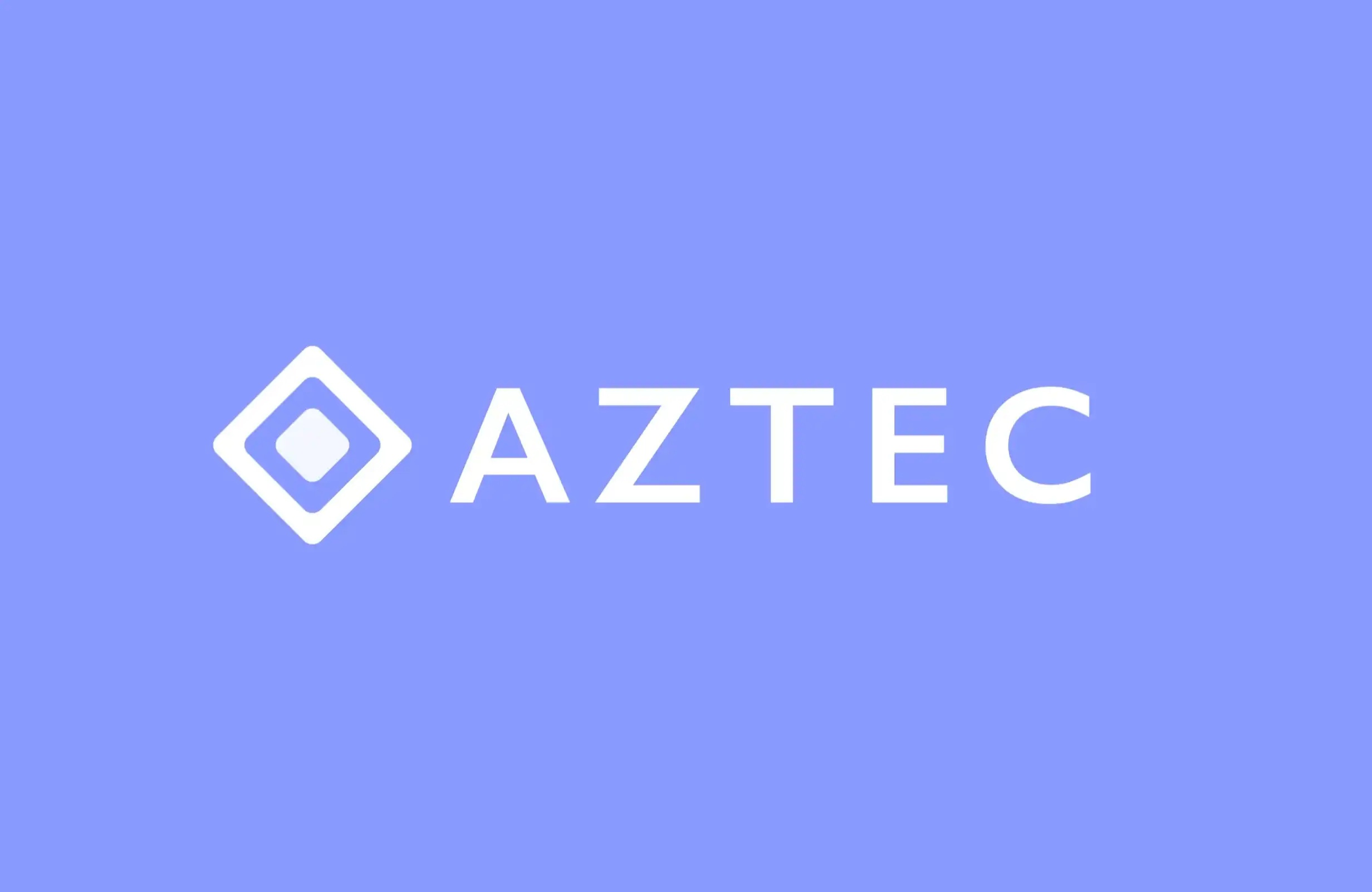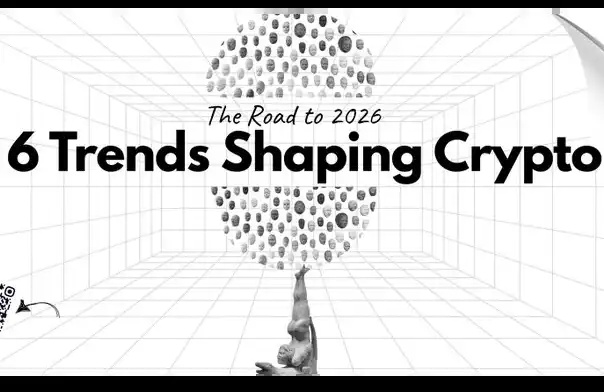Pantera Capital: The Most Overlooked Asset – Bitcoin’s Programmability Revisited
If I tell you that an asset has:
- Market value of 900 billion US dollars (60% higher than Visa)
- Daily trading volume of 26 billion US dollars (250% higher than Apple)- 50% annualized volatility (20% lower than Bitcoin Tesla)
- Over 220 million holders worldwide (6 countries with a population exceeding 220 million)
Ignored and excluded by the world's "leading" financial institutions for 10 years? Will ETFs satisfy you?
No. Relative to the size and scale of Bitcoin, it remains one of the world's most underserved and least financially sophisticated assets.
Bitcoin is one of the most distinctive assets in the cryptocurrency ecosystem. Its market capitalization and trading volume are 2.5 times that of Ethereum. The Bitcoin network is like a digital fortress, with computing power 500 times faster than the world's fastest supercomputer. There are over 200 million Bitcoin holders and 14 million Ethereum holders worldwide. Bitcoin still stands out in the gray area of regulation - recognized, classified, and considered a digital commodity.
If the financial system on Wall Street was not built for Bitcoin, then Bitcoin will have to build its own financial system.
If blockchain technology can help people without bank accounts access banking services, the most obvious way is through the global distribution of Bitcoin in Latin America, Africa, and Asia. This already covers millions of people. If we expect trillions of dollars in value to eventually flow on the chain, there is no network more secure or resilient than the Bitcoin network. As Bitcoin users reach 1 billion or more, they will want to do more than just store and transfer their assets. Capital and technology rarely stand still. This time is no exception.
Bitcoin is technology
Just like Bitcoin has been overlooked as an asset, it may be even more overlooked as a technology. Bitcoin lags behind in scalability, programmability, and developer interest. My first attempt to build on Bitcoin was in 2015, during the early days of JPMorgan's cryptocurrency research. There was little to explore beyond colored coins and sidechains, which are early ancestors of today's NFT revival and Layer-2 rollups.
The judgment at that time was: it was too difficult to build on Bitcoin. Ask David Marcus, former president of PayPal and co-founder of the stablecoin Meta Diem. He is now building a Bitcoin payment company called Lightspark. David recently wrote on Twitter: "Building on Bitcoin is at least 5 times harder than building on other protocols."
As a currency and technology, the blessing and curse of Bitcoin are intertwined:
-Resistance to change: This is the foundation of Bitcoin's stability, but it is also its lag. Upgrades are difficult to approve and may take 3-5 years to install.
-Design simplicity: This makes Bitcoin less susceptible to exploitation, but also less flexible. The UTXO model of the Bitcoin blockchain is well-suited for providing a simple transaction ledger for payments. However, it is largely incompatible with the complex logic or loops required for more advanced financial applications.
- 10-minute block time: This helps the Bitcoin network maintain 100% normal operation time since 2013 (a rare achievement), but it also prevents it from gaining a large number of consumer experiences.
Today, the signs I have seen indicate that the sluggish development of Bitcoin is a temporary, non-structural condition. A decentralized financial system based on Bitcoin may eventually emerge. Its potential is similar or even greater than DeFi on Ethereum today, although it follows a different evolutionary path.
Why now?
In the past few years, Bitcoin has embarked on a new development trajectory.
- Taproot Upgrade (November 2021): This upgrade expands the amount of data and logic that can be stored in Bitcoin transactions.
- Ordinal Inscription (January 2023): A protocol that supports taproot and is used to inscribe rich data onto a single sat (totaling 2.1 quadrillion). This enables a metadata layer for non-fungible tokens.
- BRC-20 Token (March 2023): An Ordinals inscription that enables deployment, minting, and transfer functions.
From 2016 to 2017, the release of homogeneous and heterogeneous assets marked the beginning of the first wave of DeFi and NFT activities on Ethereum. Early signs of similar growth are now emerging. Driven by the surge in ordinal inscriptions, the average transaction fee for Bitcoin has increased 20 times in 2023.
Bitcoin will inevitably follow its own path, but it is clear that a new design space has already been opened up for Bitcoin builders.

The larger macro trends have triggered a psychological shift within the Bitcoin community, reigniting interest among Bitcoin investors in decentralized finance.

Welcome to join the official BlockBeats community:
Telegram Subscription Group: https://t.me/theblockbeats
Telegram Discussion Group: https://t.me/BlockBeats_App
Official Twitter Account: https://twitter.com/BlockBeatsAsia


 Forum
Forum Finance
Finance
 Specials
Specials
 On-chain Eco
On-chain Eco
 Entry
Entry
 Podcasts
Podcasts
 Activities
Activities
 OPRR
OPRR








